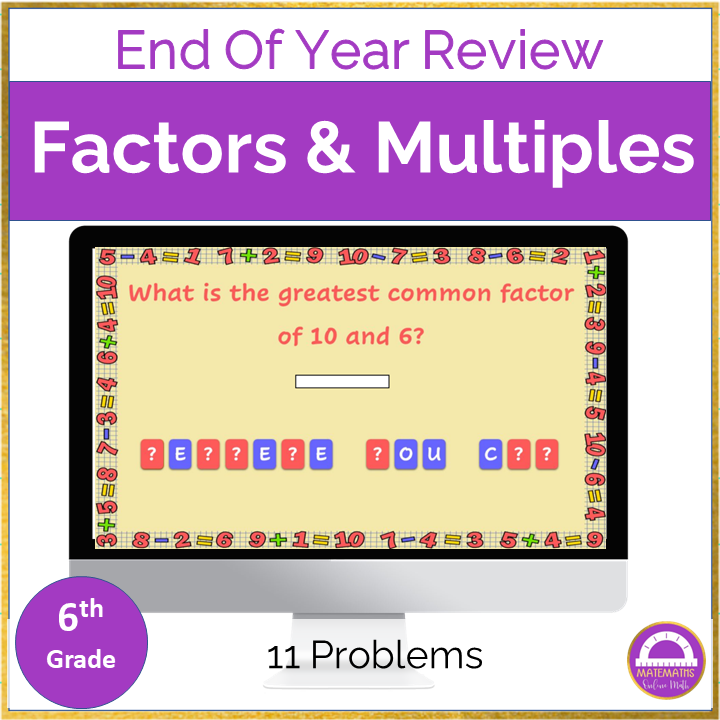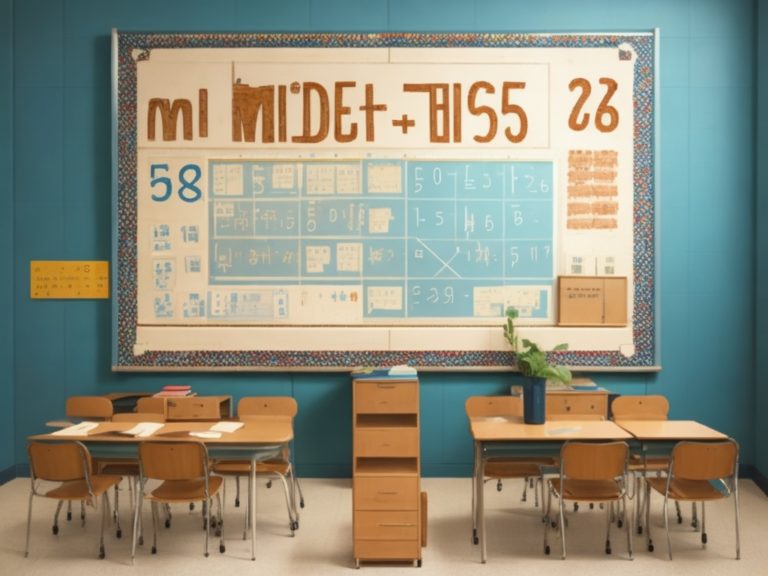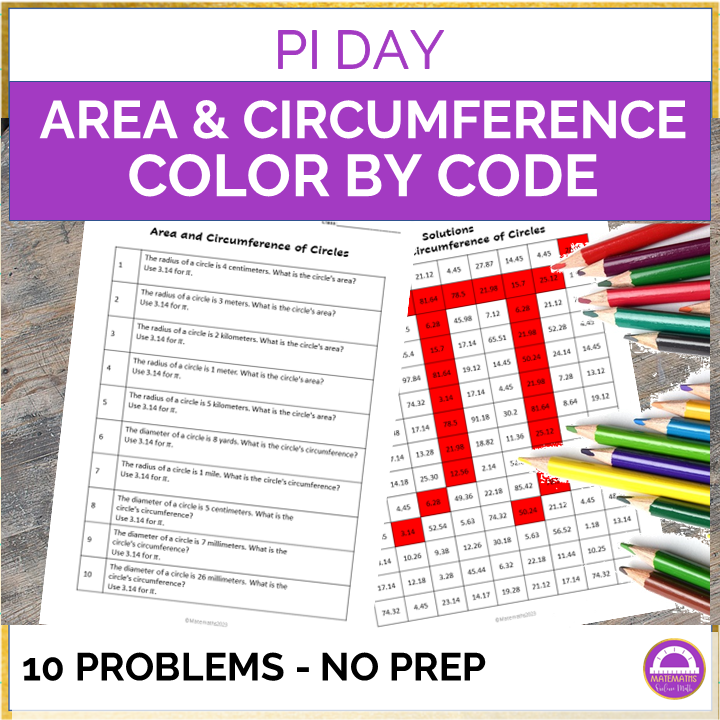How to Apply a Pedagogy of Play (POP) to Upper Elementary and Middle School Math
Mathematics is often seen as a serious and rigorous subject that requires logical thinking and memorization. However, there is another way to approach math that can make it more engaging, creative, and meaningful for students: a pedagogy of play.
A pedagogy of play is a teaching and learning approach that values and supports learning through play. According to the Pedagogy of Play project at Harvard University, play is not only a way for young children to have fun, but also a way for learners of all ages to explore ideas, experiment with strategies, collaborate with peers, and express themselves. Play can also foster a positive attitude toward math and a deeper understanding of mathematical concepts.
But what does a pedagogy of play look like in upper elementary and middle school math classrooms? How can teachers design playful math activities that align with the curriculum and learning goals? Here are some suggestions based on the research and resources from the Pedagogy of Play project and other sources:
- Use games as a way to introduce, practice, or review math skills and concepts. Games can motivate students to participate, challenge themselves, and apply their knowledge in different contexts. Games can also provide feedback, differentiation, and opportunities for social interaction. For example, you can use card and board games to practice number sense, operations, fractions, decimals, geometry, algebra, probability, and more. You can also create your own games or modify existing ones to suit your learning objectives and students’ interests.
- Incorporate elements of choice, creativity, and challenge into your math tasks. Choice can empower students to pursue their own interests and goals, while creativity can encourage them to use their imagination and express their thinking in multiple ways. Challenges can stimulate students to think critically, problem-solve, and persevere. For example, you can offer students different options for how to solve a problem, how to represent their solution, or how to share their work with others. You can also invite students to create their own problems or extensions based on a given scenario or topic.
- Embed math in meaningful contexts that connect to students’ lives and experiences. Contexts can make math more relevant, authentic, and engaging for students. They can also help students see the connections between math and other disciplines or domains. For example, you can use stories, scenarios, simulations, or projects that involve math in real-world situations or issues. You can also ask students to bring in examples of how they use or encounter math in their everyday lives or hobbies.
- Foster a culture of curiosity, inquiry, and collaboration in your math classroom. Curiosity can spark students’ interest and wonder about math, while inquiry can help them ask questions, investigate ideas, and construct meaning. Collaboration can enable students to learn from each other, communicate their thinking, and receive feedback. For example, you can use open-ended questions or prompts that invite students to explore math concepts or phenomena. You can also facilitate discussions or debates that encourage students to share their reasoning, listen to different perspectives, and justify their arguments.
- Reflect on your own beliefs and practices about math and play. Your beliefs and practices can influence how you design and implement playful math activities in your classroom. You may need to challenge some assumptions or stereotypes about what math is or how it should be taught or learned. You may also need to experiment with different strategies or tools that support playful learning. For example, you can read more about the research and theory behind a pedagogy of play. You can also observe other teachers who use playful approaches in their math instruction or join a professional learning community that focuses on playful learning.
A pedagogy of play can transform your math classroom into a space where students enjoy learning math and develop positive mathematical identities. By using games, choice, creativity, challenge, context, curiosity, inquiry, collaboration, and reflection as your guiding principles, you can create playful math activities that support your students’ mathematical thinking and learning.
Do you want to give it a try?
Let’s start with something FREE and simple to apply:
This digital activity will challenge your students to find the hidden message by solving 11 problems on least common multiple and greatest common factor.
References:
- Pedagogy of Play | Project Zero – Harvard University 1
- Using Play to Teach Math | Edutopia 2
- Learning through play – pedagogy and learning outcomes in early childhood mathematics 3









